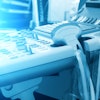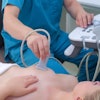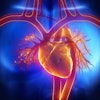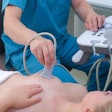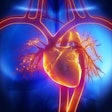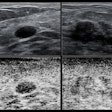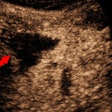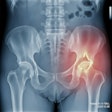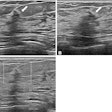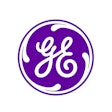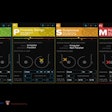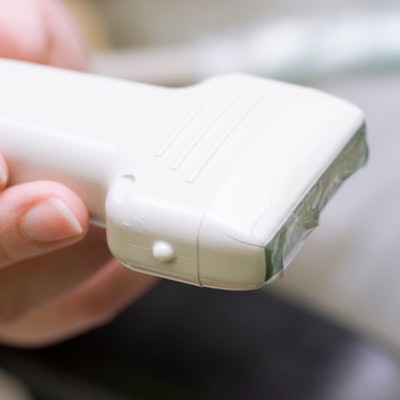
The use of point-of-care ultrasound (POCUS) has increased at Veterans Affairs (VA) medical centers, but gaps in staff training still remain, a study published August 8 in CHEST Critical Care found.
Researchers led by Christopher Schott, MD, from the University of Pittsburgh found that at least one physician currently uses POCUS in over nine out of 10 intensive care units (ICUs), and about three out of five surveyed physicians use POCUS. However, barriers like lack of trained providers and lack of funding for training persist, the researchers also found.
"Without a deliberate investment in POCUS training and infrastructure for physicians in-practice, institutions are unlikely to fully benefit from standardized POCUS use in ICUs," Schott and colleagues wrote.
POCUS helps with rapid diagnosis of life-threatening conditions and invasive bedside procedure guidance in the ICU, and the technology's overall use has increased in recent years. This has led to medical societies and organizations supporting the use of POCUS in critically ill patients.
Training and competence are needed in this area for appropriate use of the technology, especially in the ICU for echocardiography and lung ultrasound. While the researchers noted that gaps in POCUS' implementation persist, they also pointed out that they are not well understood.
Schott and co-authors thus sought to investigate current trends in use, training needs, and barriers to POCUS use in U.S.-based ICUs. They collected survey data from chiefs of staff and ICU chiefs from 130 VA medical centers.
The team found that at least one physician currently uses POCUS in 93% of ICUs, and 62% of individual physicians use POCUS. It also found that the following were the most common applications for using POCUS: procedural guidance (59%), cardiac (55%), and thoracic (56%) ultrasound. Additionally, 80% of chiefs surveyed reported teaching POCUS to trainees in their ICU.
Surveyed chiefs also indicated that the following were the most frequently reported barriers to POCUS use:
- Shortage of trained providers (48%)
- Shortage of funding for training (45%)
- Lack of training opportunities (37%)
- Lack of image archiving (34%)
These barriers don't translate to a lack of desire for training though, the study authors noted. They reported an average increase of 17% in desire for training by survey respondents across all POCUS applications.
Finally, the researchers found that accounting for all diagnostic applications, the average increase in POCUS use between 2015 and 2020 was 8%. This included average increases ranging between 5.5% for procedures to 17% for vascular POCUS applications.
The study results highlight areas of improvement in POCUS use, the authors noted.
"These data can serve as a needs assessment for development of curricula and training programs for critical care attending physicians," they wrote.
The full study can be found here.

